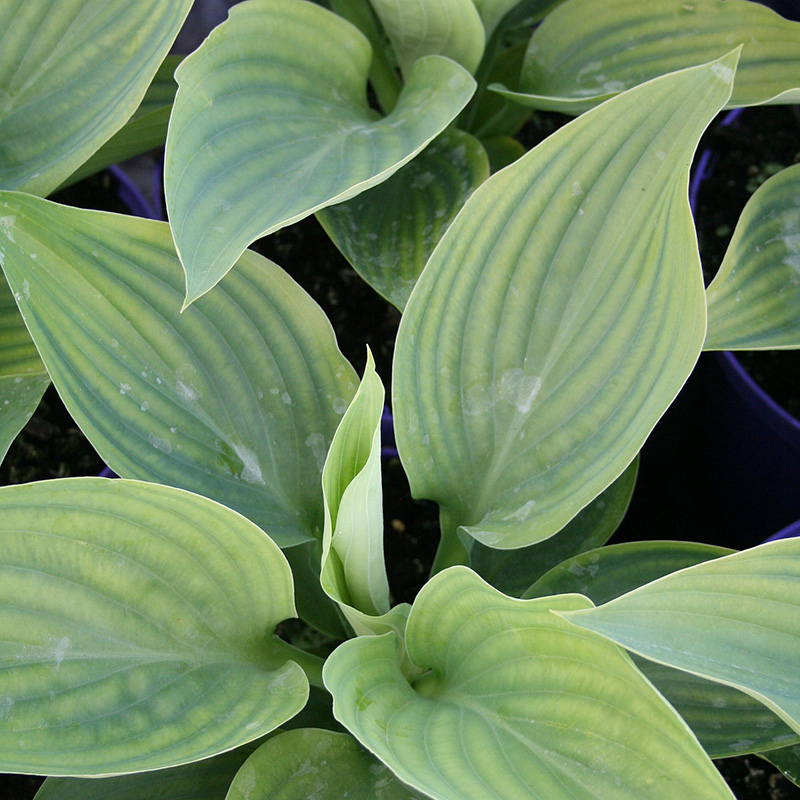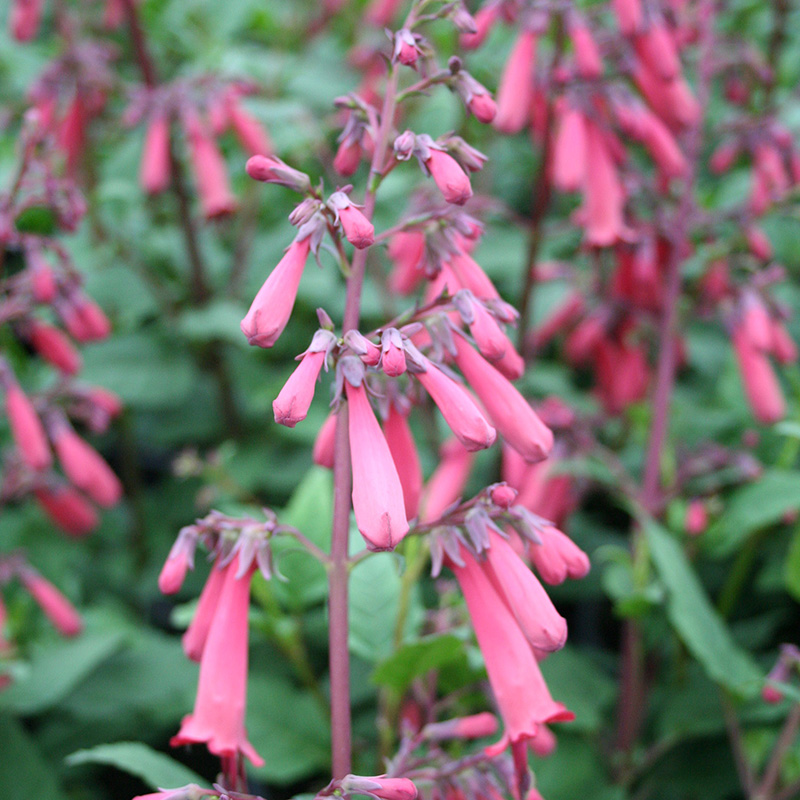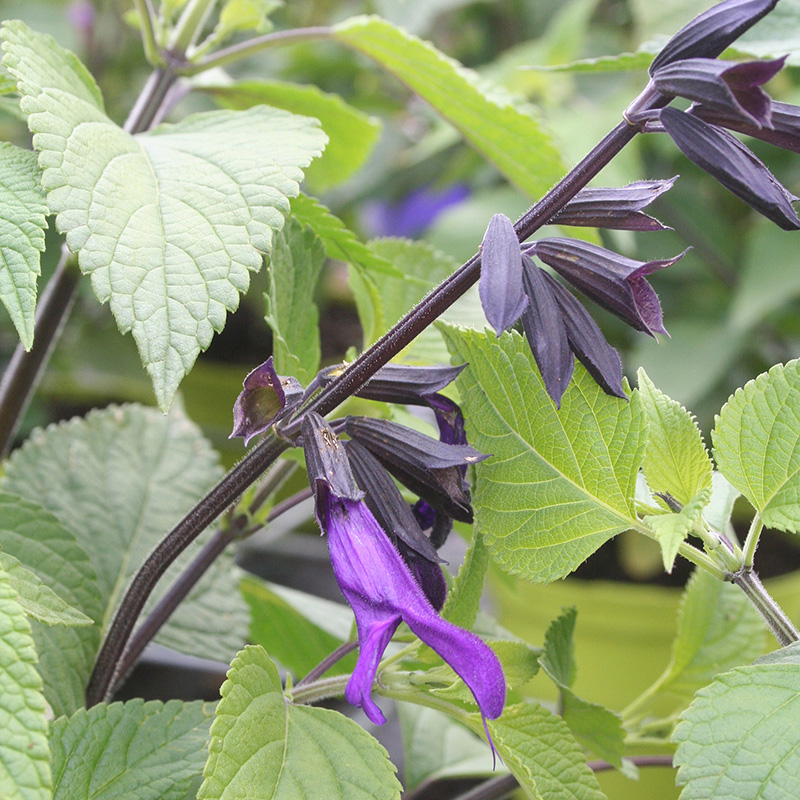Herbaceous Perennials
Herbaceous plants (in botanical use frequently simply herbs) are plants that have no persistent woody stem above ground. The term is mainly applied to perennials, but in botany it may also refer to annuals or biennials, and include both forbs and graminoids.
Annual herbaceous plants die completely at the end of the growing season or when they have flowered and fruited, and they then grow again from seed.
Herbaceous perennial and biennial plants may have stems that die at the end of the growing season, but parts of the plant survive under or close to the ground from season to season.
Perovskia atriplicifolia ‘Blue Steel’
Deeply divided, aromatic silvery foliage with a bushy habit. Strong silver stems carry large panicles of small violet-blue flowers appearing in sprays. Provides wonderful colour and fragrance in the late Summer and Autumn garden. Highly attractive to bees and pollinators. Garden plant for flowerbed in well-drained soil in full sun. Will also grow in poor dry or gravely soils and is drought tolerant. Height and spread (approx) - 120cm x 100cm.















